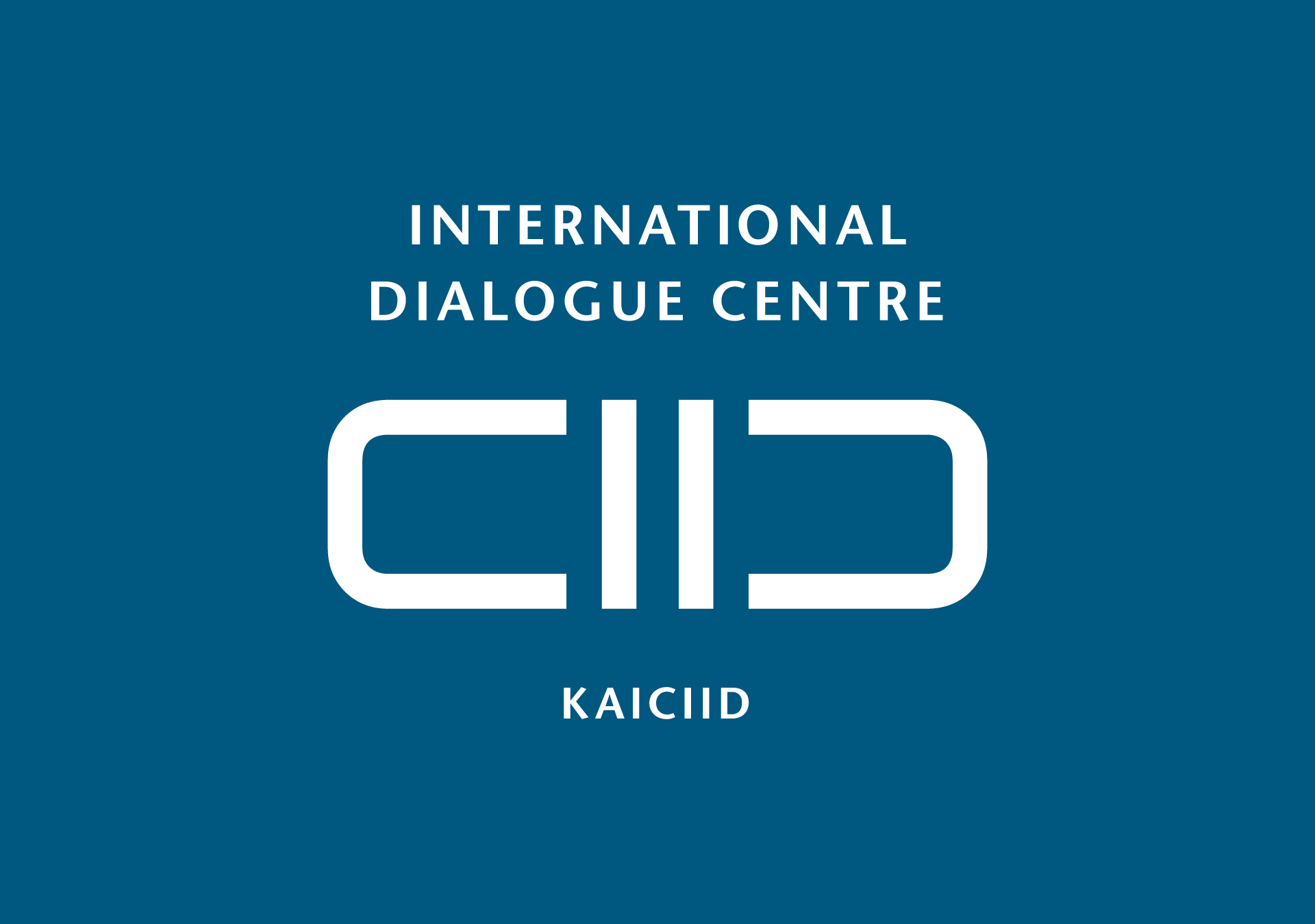KAICIID Global Forum on Interreligious and Intercultural Education
In the last major event of 2013, KAICIID aimed to connect individuals and institutions trans-regionally, connecting them to a higher policy level, including Ministries of Education. In addition, the recommendations collected in the four regional conferences were disseminated and discussed. Thus, the year’s consultations culminated in a global forum of policy makers, civil society and religious leaders, which took place between18 and 19 November in Vienna Austria.
The “Image of the Other” Global Forum brought together key thought leaders in intercultural and interreligious education, government officials and eminent religious figures. They discussed the global challenge of finding ways to responsibly educate young people, so they may more accurately understand and depict people of other religions and cultures.
The Forum also featured a discussion track for government representatives, panels of experts and field leaders, as well as roundtables where participants took part in the KAICIID Dialogue Experience. Separate Plenary Panels of religious scholars and Ministers of Education were held at the opening of each day. The Forum also featured training sessions in dialogue, monitoring and evaluation, as well as other skills. It hosted discussions of Civic Education and Interreligious Education curriculum development and training, as well as youth initiatives, new technologies, and cutting-edge models of seminary education.
Topics beyond the field of education such as religion and governance, peace and conflict were also discussed. The Forum launched KAICIID partnerships with international organizations in its field and launched the KPN. The KPN is an interreligious and intercultural education network that aims to bring together formal and non-formal educators, policy makers and other relevant stakeholders. The KPN will hold its first meetings in the upcoming fiscal year. Finally, the Global Forum ended with a gala evening on 19 November.
The Global Forum brought together approximately 486 active participants from 94 different countries of residence and 54 self-described religious affiliations.
![Speakers at the Opening Session of the UNESCO-KAICIID Conference on Global Citizenship Education in the Arab Region [file:field-file-image-alt-text]](/sites/default/files/styles/project_image/public/unesco_file1.jpeg.webp?itok=P3Rhv970)
![Global_Forum_KAICIID [file:field-file-image-alt-text]](/sites/default/files/styles/project_image/public/group.jpg.webp?itok=6mYOHd38)
![Regional Conference Addis [file:field-file-image-alt-text]](/sites/default/files/styles/project_image/public/img_1739.jpg.webp?itok=MDQdxYKD)
